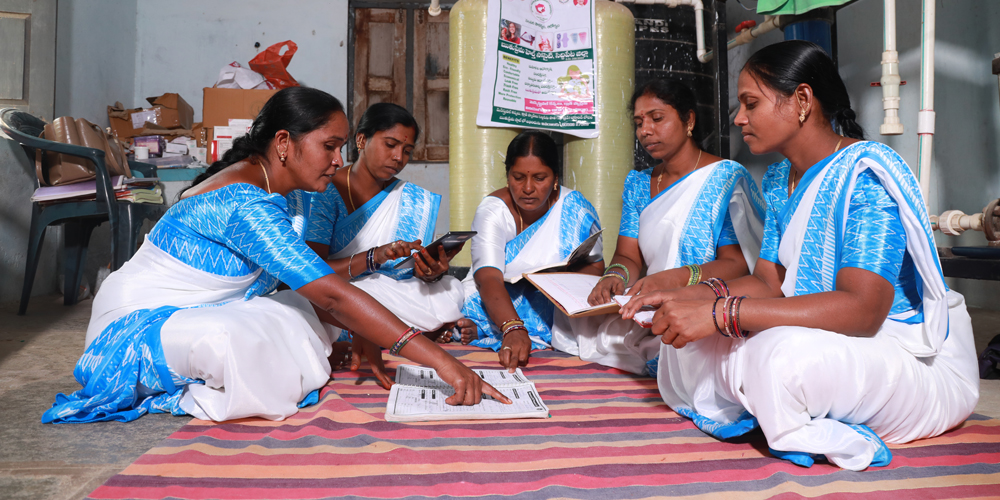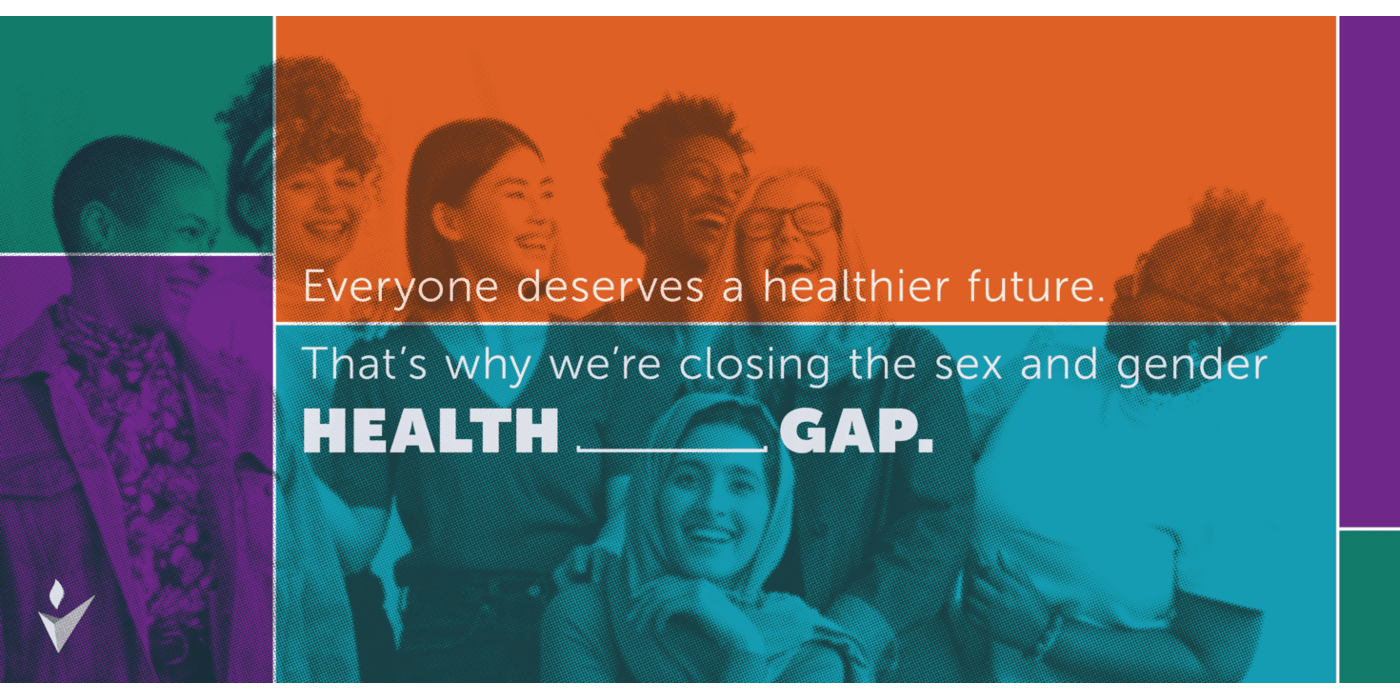
Women's health
The George Institute’s Global Women’s Health Program has a bold vision to improve the lifelong health, well being, safety and productivity of women and girls.
By adopting a life course approach and working with global specialists and local expertise, we are at the forefront of understanding the sex and gender differences for a range of health conditions, transforming the detection and management of women-specific conditions and promoting gender equity in research.
50%
greater likelihood of women being misdiagnosed after a heart attack than meni
18M+
Women die from non-communicable diseases globally each yearii
80%
more women affected by neurological disorders than meniii
44%
higher stroke risk for diabetic women than meniv
Advancing equity in women’s health
Historically, medical research has focused on men and male cells. This has resulted in the under-recognition of women’s symptoms and a lack of female-specific data. This has widened gender inequalities and increased the risks to women of illness, disability and death. We’re working to change this by educating research funders in the UK through our MESSAGE project and ensuring that sex and gender become routine research considerations through the Centre for Sex and Gender Equity in Health and Medicine in Australia.
Our active projects span multiple countries, redefining women’s health services, care, and outcomes such as SMARTHealth Pregnancy, which is helping community health workers to identify and manage women at risk of long-term health conditions in India. Through groundbreaking research, advocacy, and policy reform, we are making a difference in the lifelong well-being of girls, young women, and women globally.
The strategic goals for our Global Women’s Health Program are:
Sex and gender equity in medical research, policy, and practice
Learn morePregnancy as an opportunity to improve lifelong health
Learn moreProtecting women and girls from environmental change
Learn moreHarnessing AI to improve women’s health
Learn moreTackling neglected female-specific conditions globally
Learn moreOur Projects
Latest NEWS and MEDIA
News and media releases
Major UK funders launch first-of-their-kind sex and gender policies for biomedical, health and care research
Indigenous communities and women need to be at the centre of COP30’s climate solutions
Study reveals critical gap in mental health support for women with pregnancy complications
Experts come together for urgent action on perinatal mental health in India
AI to be used in national audit of sex and gender differences in medical curricula
Creeping rates of poor mental health show depressed, anxious state is ‘new normal’ for half of Australian women
Videos and podcasts
RESEARCH LEADS

For too long women’s health has been equated with family planning and pregnancy care. Our program takes a holistic approach, focusing on some of the most pressing current and future challenges women and girls will face around the world

It is vital to move on from reproduction-focussed “bikini medicine” and ensure health of women and girls across the life course. Unfortunately, healthcare systems have tended to work in silos and opportunities for integrated women’s healthcare are missed. Our program uses opportunities, such as the insight pregnancy gives into future health, to improve systems of care, break down professional silos, and improve women’s healthcare across the life course.

Paying due consideration to sex and gender is a cornerstone of personalised healthcare. The Centre for Sex and Gender Equity in Health and Medicine is working with regulatory bodies, researchers, and healthcare providers to introduce policy change, and to build Australia’s capacity to be leaders in sex- and gender-centered health and medical research and practice.
FURTHER READING

Sex and gender equity
Discover how The George Institute is leading efforts to close the sex and gender health gap.
Learn more
Read our impact report
Explore our work in The George Institute’s Impact Report, a resource showcasing our achievements, stories, and progress towards a healthier, fairer world.
Learn morePolicy statements and recommendation in women's health
Our research-driven policy statements shape health systems worldwide. By working with key decision-makers, we ensure policies prioritise the needs of those most affected.
Learn moreOur stories of impact
Read our stories of impact and see how our work is making a difference to the health of people around the world.
Learn moreSupport our work in women’s health today to make a real difference to women and girls around the world.

